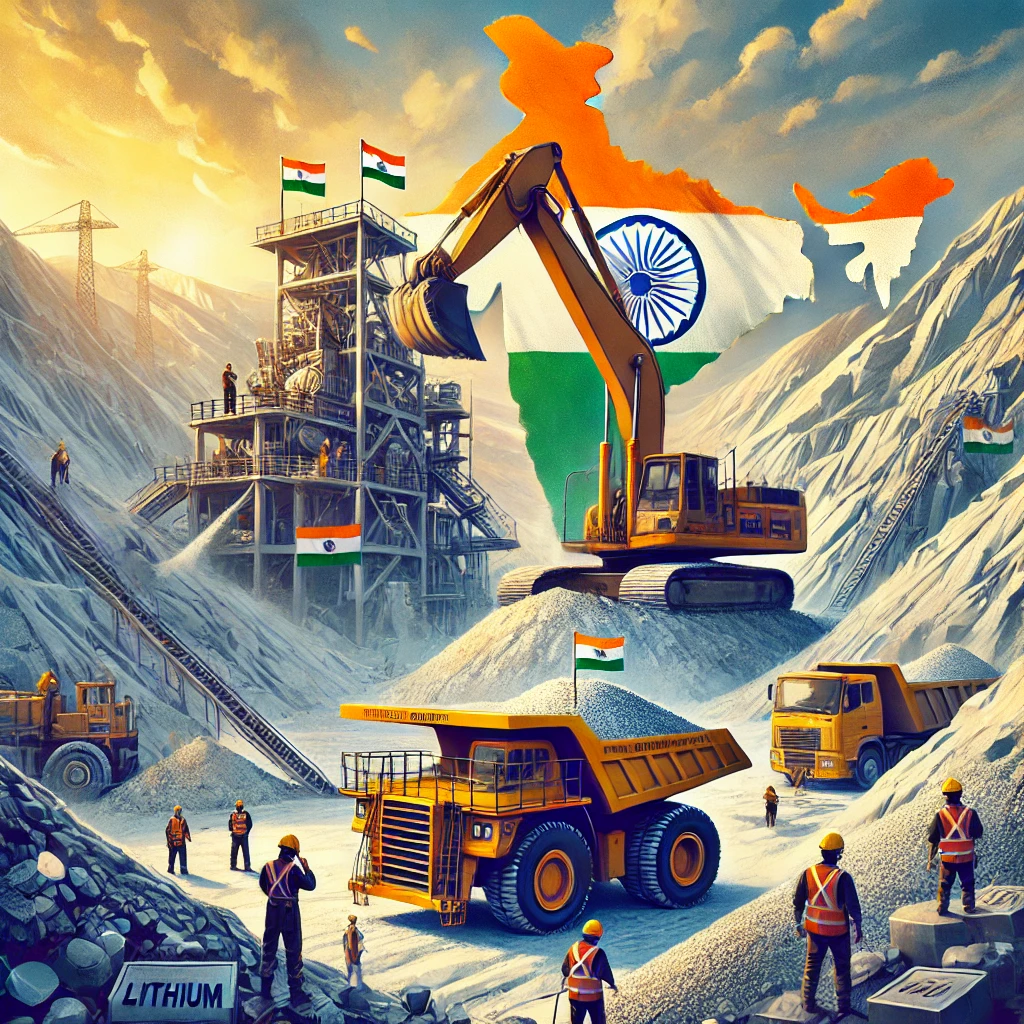The varna system is a significant aspect of Indian social structure, originating in ancient times. The varna system in India has evolved through the centuries, playing a crucial role in shaping societal norms and behaviors. The system categorized society into four distinct classes, or ‘varnas,’ each assigned specific duties and responsibilities.
- Varna system meaning: Derived from the Sanskrit word ‘Varna,’ meaning color or class.
- In the early Vedic period: The system was based on qualities and occupations, not birth.
- Varna system vs caste system: While varna is a broader classification, the caste system is a more rigid social stratification based on birth.
The system in ancient India was not rigid initially; it was more flexible and based on individual abilities and attributes rather than birth. The classification aimed to organize society efficiently, promoting specialization and order. Over time, however, the system became more rigid, leading to the caste system, which is often confused with the Varna system.

Origin of Varna System
The origin of varna system can be traced back to the Vedic period, around 1500 BCE. The varna system in the Vedic period was introduced to maintain social order and the division of labor. The four varnas were:
- Brahmins: The priestly class responsible for religious rituals and knowledge dissemination.
- Kshatriyas: The warrior class, protectors of society, and upholders of justice.
- Vaishyas: The merchant class engaged in trade and commerce.
- Shudras: The laboring class serving the other three varnas.
Initially, varna was based on an individual’s qualities (guna) and work (karma). The system was fluid, allowing for mobility between varnas based on merit and abilities.
Evolution of Varna System
The varna system in ancient India evolved significantly over time. In its early stages, it provided a functional social structure. The Vedas, particularly the Rigveda, mention the system as a means to distribute societal duties efficiently.
Characteristics of Varna System
- Division of labor: Each varna had specific duties ensuring the smooth functioning of society.
- Social order: Promoted specialization and efficient management of resources.
- Religious foundation: Linked with Vedic rituals and spiritual beliefs.
As society progressed, the system became intertwined with religious doctrines, gaining a more rigid structure. The Manusmriti, an ancient legal text, further codified the duties and responsibilities of each varna, solidifying the social structure.
Decline and Rigidification
The initial flexibility of the system began to wane with the rise of powerful kingdoms and the influence of priestly classes. The varna system in vedic period transformed into a hereditary caste system, restricting social mobility.
Why Did People Oppose the System of Varna?
People opposed the system because it became rigid over time, leading to social discrimination and inequality. The transition to a hereditary caste system restricted social mobility, promoted untouchability, and entrenched divisions, causing significant societal unrest and injustice.
- Rigidity: The transition from a flexible system to a rigid caste system limited social mobility and individual growth.
- Discrimination: The system led to social discrimination and untouchability, particularly affecting the Shudras and those outside the system.
- Inequality: The hierarchical nature promoted inequality, leading to societal unrest.
Varna System vs Caste System
The varna system originated in ancient India, classifying society into four groups based on occupation and qualities: Brahmins, Kshatriyas, Vaishyas, and Shudras. It was initially flexible, allowing mobility. Over time, it evolved into the rigid caste system, which assigned social status by birth and restricted mobility. The caste system led to entrenched social discrimination and inequality, unlike the more merit-based system of the early Vedic period.

Protector of Varna System
The protector of the system was traditionally the Kshatriya class. They were responsible for upholding dharma and ensuring the proper functioning of society. However, the Brahmins also played a crucial role in maintaining the system through religious and cultural influence.
Conclusion
The varna system in India has undergone significant changes from its origin in the Vedic period to its transformation into the caste system. Originally designed to promote social order and efficiency, it eventually became a tool for social stratification and discrimination. Understanding the system’s meaning, origin, characteristics, and reasons for opposition provides valuable insights into the complexities of Indian social history.
The system in its original form aimed to organize society based on merit and occupation. Its evolution into the caste system highlights the challenges of maintaining social order without fostering inequality. The system in ancient India serves as a testament to the dynamic nature of social structures.
| Varna System UPSC Notes |
| 1. The varna system in India, originating in the Vedic period, classified society into four groups: Brahmins, Kshatriyas, Vaishyas, and Shudras based on occupation and qualities. 2. Initially, the system was flexible, allowing mobility between varnas based on individual merit, abilities, and actions rather than birth or heredity. 3. The Rigveda mentions the system as a means to distribute societal duties efficiently, promoting specialization and effective management of societal functions. 4. Characteristics of the varna system included division of labor, social order, and a foundation in religious beliefs, ensuring efficient societal functioning and organization. 5. Over time, the system became more rigid, influenced by religious texts like the Manusmriti, leading to a hereditary caste system and limiting social mobility. 6. The transition to a rigid caste system caused social discrimination, particularly affecting the Shudras and those outside the system, leading to inequality and unrest. 7. The protector of the system was traditionally the Kshatriya class, upholding dharma and ensuring societal order, while Brahmins maintained religious and cultural influence. 8. The evolution of the system into the caste system highlights challenges in maintaining social order without fostering inequality, prompting continual reassessment for justice. |


